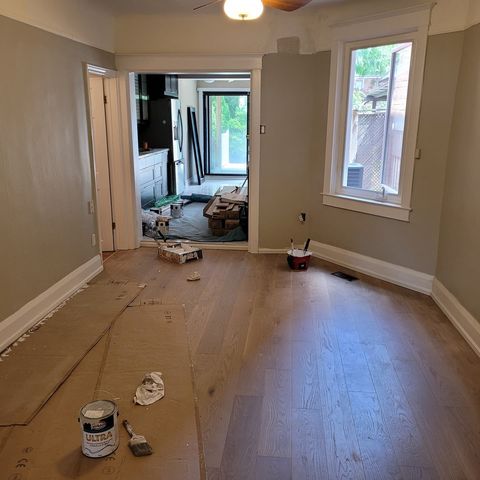Introduction
Are you planning to give your home a makeover by painting the interiors? This is an excellent way to revitalize your space and add a personal touch. But before you pick up a paintbrush, there are a few things you need to know about interior painting.
In this article, we will provide a room-by-room guide to help you get started. We will cover the basics of interior painting, including choosing the right paint, preparing the surface, and painting techniques. By the end of this article, you will be equipped with the knowledge you need to paint like a pro!
Why is painting important?
Painting is one of the most important aspects of interior design. It can be used to brighten up a room, make it appear larger, or even create a certain mood. The right colour can transform a space and give it a whole new look.
What are the different types of paint?
The three most common types of paint are latex, oil-based, and alkyd. Latex is the most popular type of paint, as it is easy to use and clean up. It is also the most versatile, as it can be used on a variety of surfaces. Oil-based paint is a good choice for trim and cabinets, as it tends to be more durable. Alkyd paint is best suited for surfaces that require a high-gloss finish, such as doors and window frames.
What are the different types of brushes?
The type of brush you use will depend on the type of paint you are using. For latex paint, a synthetic brush is a good option. For oil-based paint, choose a natural bristle brush. And for alkyd paint, a synthetic or natural bristle brush will work.
How do I prepare a room for painting?
Before you start painting, you need to prepare the surface. This involves cleaning the walls, removing any old paint or wallpaper, and repairing any cracks or holes. Once the surface is prepped, you can start painting!
What is the best way to paint a room?
There are a few different painting techniques you can use to paint a room. The most popular techniques are rolling, brushing, and spraying. If you are painting a large room, rolling is the best option. For smaller spaces or areas with more detail, brushing or spraying is a better choice.
How do I clean up after painting?
Once you are finished painting, you need to clean up your supplies. This involves washing your brushes and rollers in warm soap and water. Make sure to clean up any paint spills immediately. And finally, store your paint in a cool, dry place.
To wrap things up
We hope this guide has given you all the information you need to get started with interior painting. By following these tips, you can achieve professional-looking results. So grab a paintbrush and get started!

